Newly discovered genes could make the powerful anticancer drug, Taxol, cheaper and more sustainable to produce.


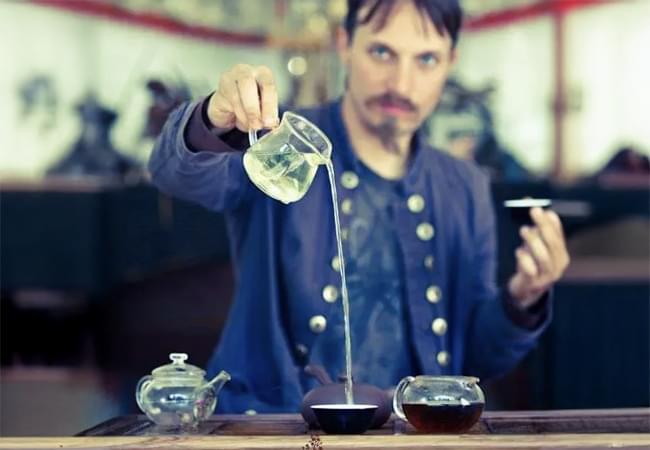
Conference at Forbes Island (San Francisco Bay) in July 2025 featuring Brewster Kahle Tim Anderson Heidi Petty:
The eARTh pARTy Conference brings together visionaries in technology, art, and culture on a unique floating island to reimagine our collective future. Over three immersive days, we’ll explore how technology can empower rather than control humanity’s creative potential.
Our world stands at a crossroads. This gathering champions a future where creators maintain ownership of their work, receive fair compensation, and preserve their digital autonomy. Together, we’ll explore what a future looks like with a distributed creative network that advocates for ethical platforms and transparent systems.
The pieces for our future already exist. We simply need the courage to reassemble them into a world where creative expression flourishes, and the impact you make becomes your most valuable asset.
Join us in launching a movement that ensures technology serves human creativity rather than exploiting it.
Building the future of creative economies: decentralized, regenerative, thriving.


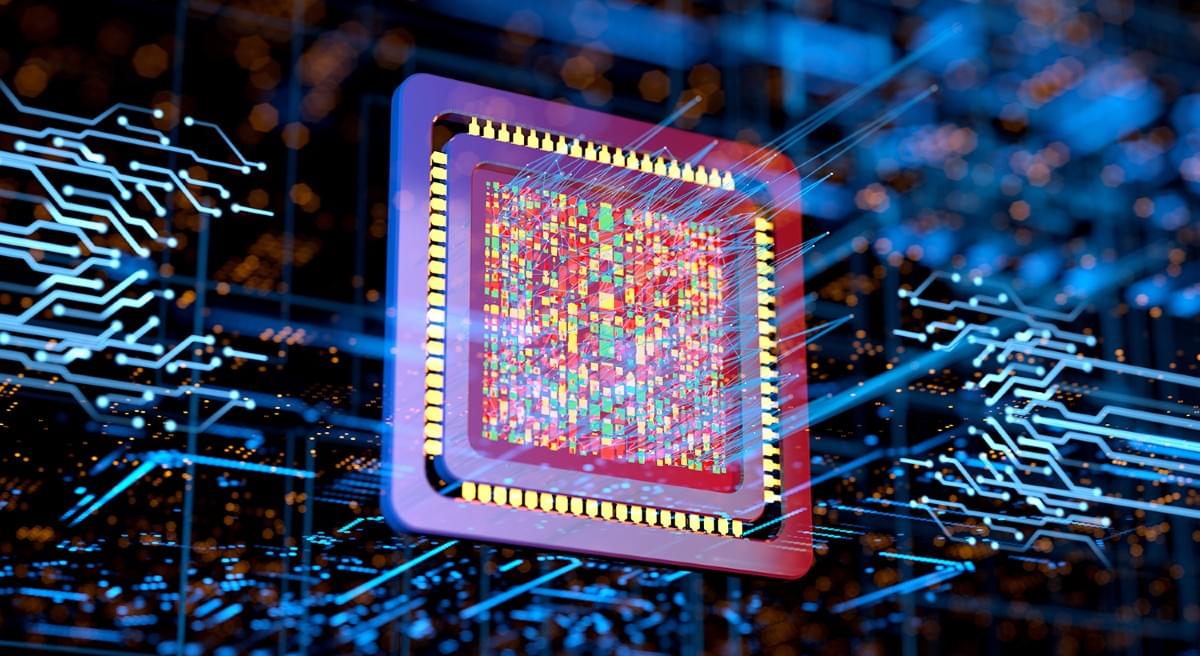
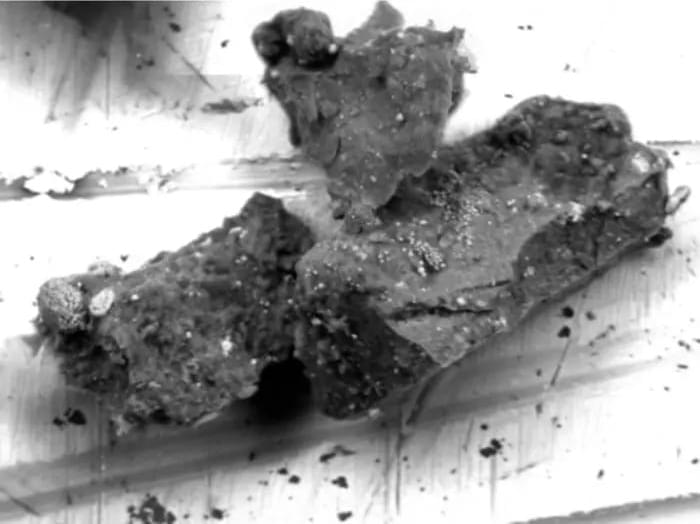
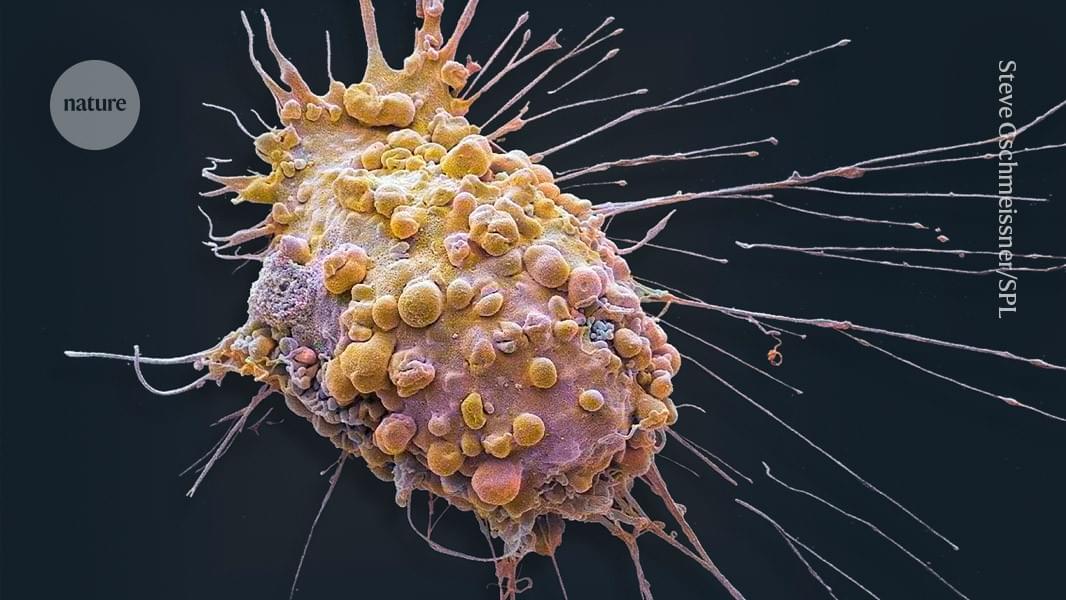

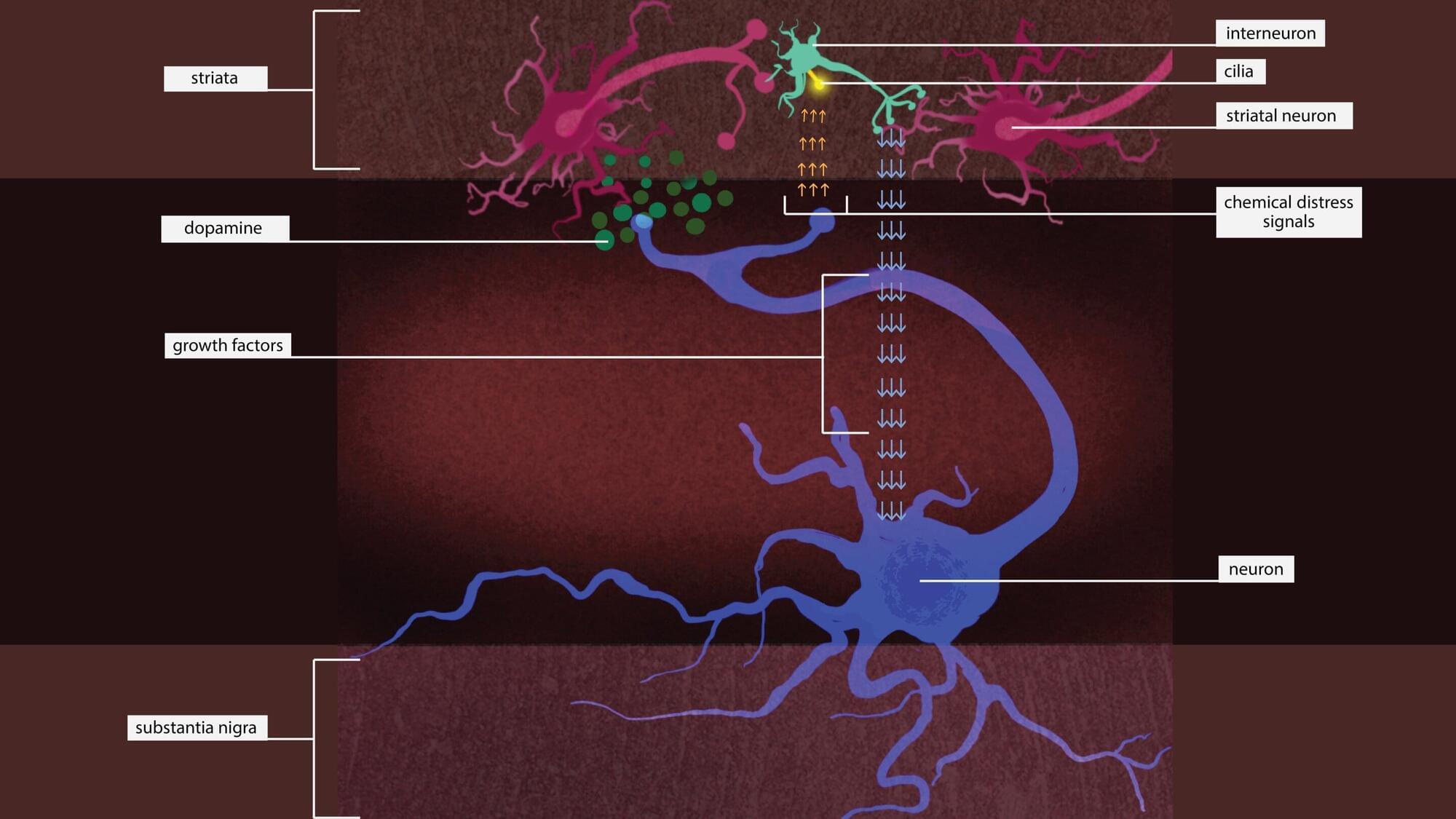
Putting the brakes on an enzyme might rescue neurons that are dying due to a type of Parkinson’s disease that’s caused by a single genetic mutation, according to a new Stanford Medicine-led study conducted in mice.
The study has been published in Science Signaling.
The genetic mutation causes an enzyme called leucine-rich repeat kinase 2, or LRRK2, to be overactive. Too much LRRK2 enzyme activity changes the structure of brain cells in a way that disrupts crucial communication between neurons that make the neurotransmitter dopamine and cells in the striatum, a region deep in the brain that is part of the dopamine system and is involved in movement, motivation and decision-making.
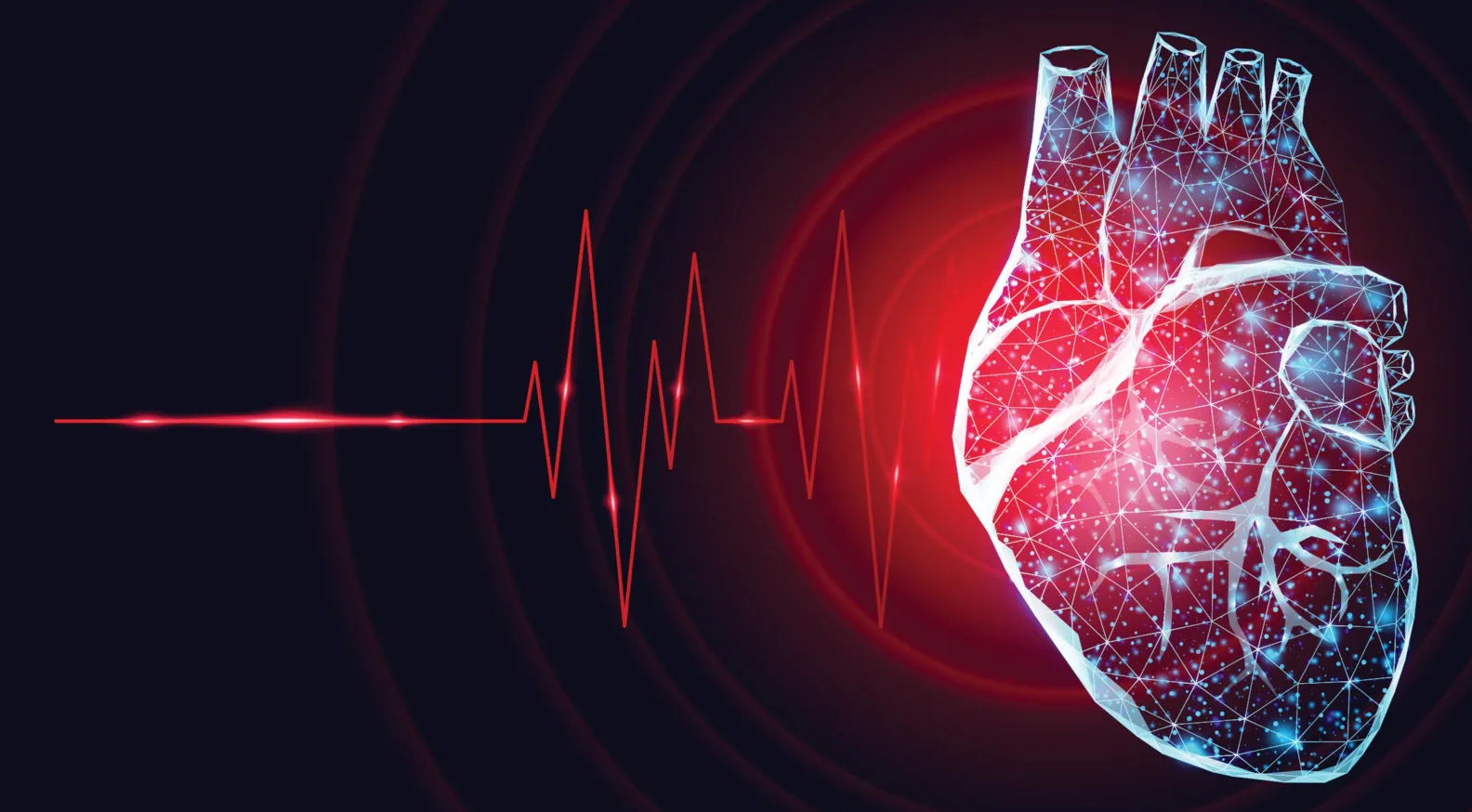
Researchers at UT Arlington have discovered a key enzyme, IDO1, that when blocked, helps immune cells regain their ability to properly process cholesterol—something that breaks down during inflammation. This breakthrough could offer a powerful new way to fight heart disease, diabetes, cancer, and more. By “turning off” this enzyme, the team restored cholesterol absorption in macrophages, potentially stopping disease at the source. Even more promising, they found a second enzyme, NOS, that makes things worse—raising hopes that targeting both could pave the way for transformative treatments for millions suffering from inflammation-driven conditions.